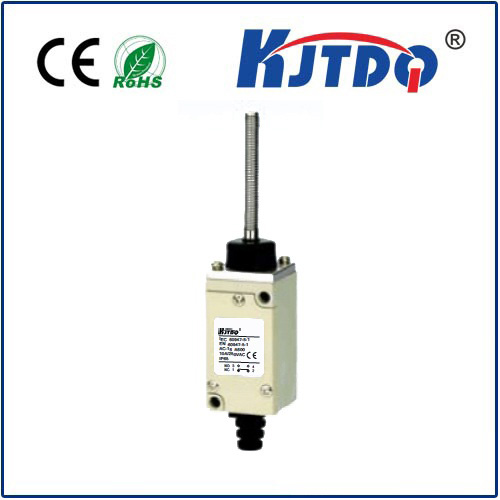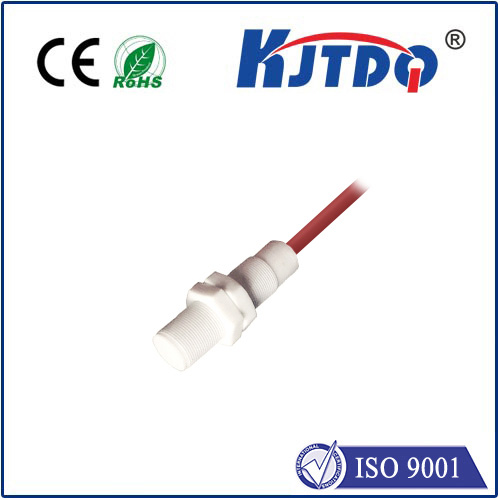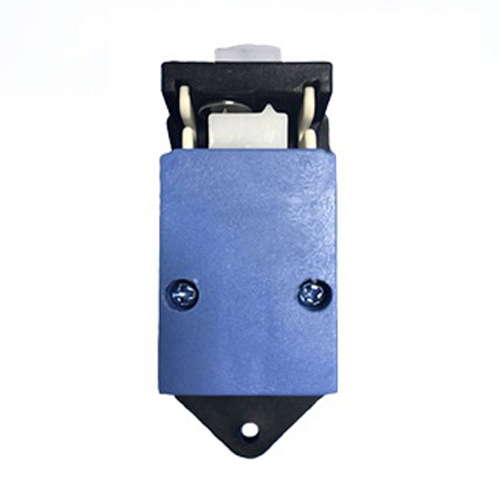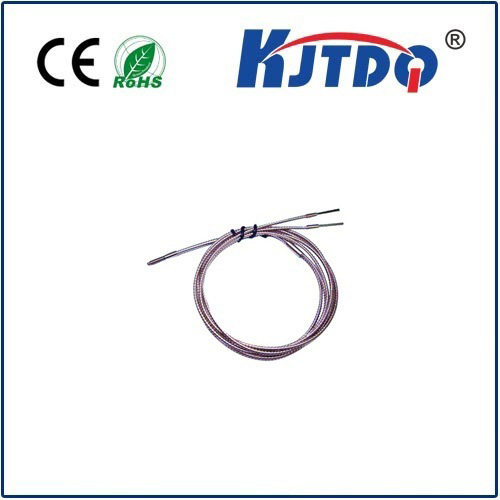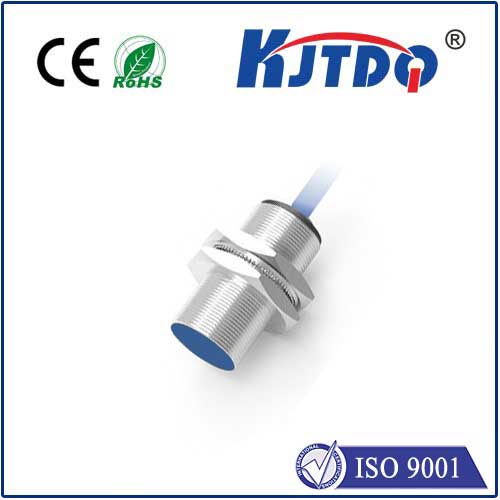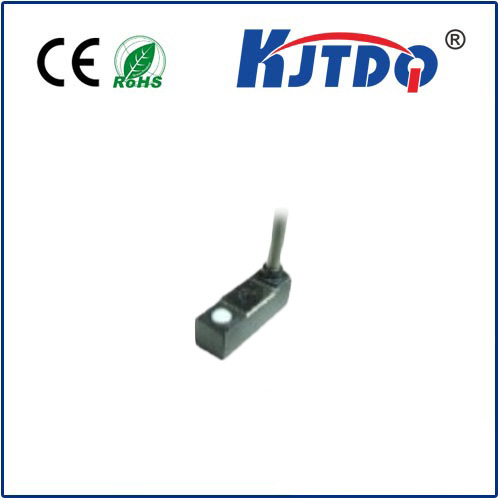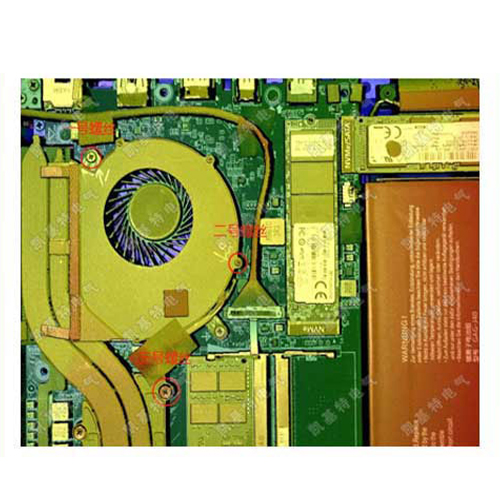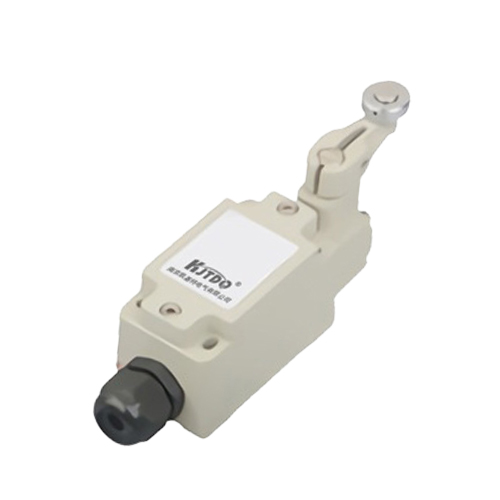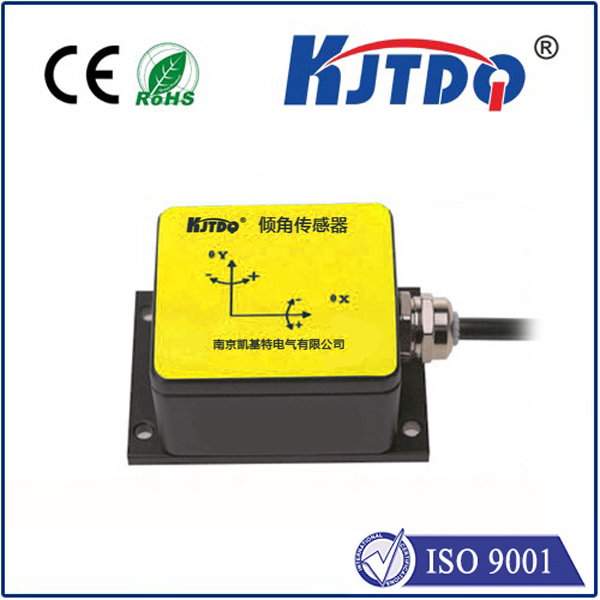electronic proximity sensor
- time:2025-06-16 17:04:16
- Click:0
Electronic Proximity Sensors: The Silent Guardians of Automation and Safety
We interact with them dozens of times a day, often without a second thought. That automatic door sliding open as you approach? The smartphone screen dimming when held to your ear? The factory robot arm halting precisely before touching a component? These seemingly magical responses are frequently powered by the unassuming yet crucial electronic proximity sensor. These devices, acting as the unseen eyes and non-contact sentinels of modern technology, detect the presence or absence of objects within their vicinity, triggering actions without physical touch.
Unlike mechanical switches, electronic proximity sensors operate on fundamental principles of physics, eliminating wear and tear and enabling high-speed, reliable detection. Their core function is deceptively simple: sense an object within a defined range – the sensing distance – and output an electrical signal. This simplicity belies their profound impact across countless industries and everyday applications.
The Invisible Force Fields: How They Work
Several primary technologies underpin electronic proximity detection:
- Inductive Sensors: The undisputed champions in metal detection. These sensors generate an oscillating electromagnetic field. When a ferrous or non-ferrous conductive metal target enters this field, it induces eddy currents within the metal, dampening the oscillator’s amplitude. The sensor detects this change and switches its output state. Inductive sensors are incredibly robust, immune to dirt, dust, moisture, and oils, making them ideal for harsh industrial environments like machining centers, assembly lines, and heavy machinery. Their limitation? They only sense metals.
- Capacitive Sensors: Masters of material versatility. These sensors generate an electrostatic field. Any object entering this field (metal, plastic, wood, liquid, powders, even a human hand) alters its capacitance. The sensor detects this change. This ability to detect almost any material, including materials through non-metallic containers (like liquid level detection in plastic tanks), makes capacitive sensors incredibly flexible. They find use in level control, material handling, and object detection across diverse substances.
- Photoelectric Sensors: Relying on beams of light. These sensors use a light emitter (usually infrared LED or laser) and a receiver. Detection occurs when the target object either:
- Interrupts the light beam traveling from emitter to receiver (Opposed Mode).
- Reflects light back to the receiver located in the same housing (Reflective Mode).
- Reflects light to a receiver via a dedicated reflector (Retroreflective Mode).
Photoelectric sensors offer the longest sensing distances among common proximity sensor types and are excellent for detecting small objects or clear materials. However, their performance can be affected by ambient light, dust, fog, and the color/reflectivity of the target.
Why Choose Electronic Proximity Sensors?

The advantages of these non-contact marvels are compelling:
- Zero Physical Contact: Eliminates wear on both sensor and target, ensuring exceptional longevity and reliability. No mechanical parts to fatigue or break.
- High Speed Operation: Capable of detecting objects at incredibly high speeds, far surpassing mechanical switches, critical for automated production lines.
- Reliability in Harsh Conditions: Particularly inductive and many capacitive/photoelectric variants are sealed against dust, water, oils, and chemicals (often rated IP67/IP68).
- Maintenance-Free Operation: Once installed and configured correctly, they typically require no routine maintenance.
- Versatility: Available with different sensing technologies, ranges, housing styles, output types (NPN/PNP transistors, NO/NC contacts), voltage ratings, and connection methods.
Where They Make the World Run Smoother (and Safer)
The applications for electronic proximity sensors are vast and ever-expanding:
- Industrial Automation: The foundation of modern manufacturing. Used for precise positioning of parts on conveyors, end-of-stroke detection for cylinders, robotic arm guidance and collision prevention, tool break detection on CNC machines, and automated assembly verification.
- Automotive Industry: Found on production lines for part presence detection and robot control, and integrated into vehicles for touchless trunk opening, parking assistance systems (ultrasonic sensors are specialized proximity sensors), and collision avoidance systems.
- Consumer Electronics: Enabling smartphone features like display on/off during calls (using infrared proximity sensors) and gesture control. Used in appliances like touchless faucets and dispensers (often capacitive).
- Security Systems: Detecting unauthorized entry in access control points or perimeter monitoring.
- Packaging and Material Handling: Verifying filled containers, counting products on high-speed lines, controlling sorting gates.
- Conveyor Systems: Detecting jams, counting packages, controlling diverter arms.
- Building Automation: Controlling automatic doors, lighting, and HVAC systems based on occupancy.
- Machine Safety: Crucial components in safety circuits, ensuring guards are closed or personnel are clear before dangerous machinery operates.
Selecting the Right Sensor: Key Considerations
Choosing the optimal electronic proximity sensor requires careful evaluation:
- Target Material: Metal? Plastic? Liquid? Cardboard? (Inductive for metal; Capacitive for nearly anything; Photoelectric for most solids/liquids).
- Required Sensing Distance: How far away does the sensor need to detect? (Photoelectric often longest; Inductive and Capacitive depend on size and specific type).
- Environment: Is it dusty, wet, oily, subject to temperature extremes or vibration? (Sealed inductive sensors are often best for harsh industrial settings; specialized photoelectric sensors exist for challenging conditions).
- Mounting Constraints: What physical space is available? (Numerous housing shapes and sizes exist – barrel-style (M8, M12, M18, M30), rectangular, ring-shaped).
- Electrical Requirements: What supply voltage is available? What output type is needed? (DC voltage common; Outputs: NPN sinking, PNP sourcing, NO/NC, Analog).
- Response Speed: How fast does the target move? (All are fast, but specific models vary; datasheets list switching frequency).
The Future is Sensing: Trends and Advancements
The world of electronic proximity sensors is not static. Key advancements are shaping the future:
- Miniaturization: Sensors are getting smaller and smaller, enabling integration into tighter spaces and more compact devices.
- Increased Intelligence: Sensors incorporating basic logic functions or diagnostics (e.g., IO-Link enabled sensors) provide more data and simplify installation/maintenance. IO-Link allows for parameterization, remote monitoring, and condition data feeds.
- Enhanced Performance: Longer sensing distances, better immunity to environmental interference (light, sound, electrical noise), and improved ability to detect challenging targets (dark materials, clear glass).
- Integration with IIoT: Proximity sensors are becoming vital data points within the Industrial Internet of Things (IIoT) ecosystem, feeding real-time status information into cloud platforms for analytics and predictive maintenance.
The Unseen Efficiency Enablers
From the factory floor humming with robotic precision to the smartphone in your pocket reacting intelligently, electronic proximity sensors are fundamental enablers of modern life. Their ability to provide reliable, non-contact detection unlocks efficiency, safety, and automation on a massive scale. Understanding the core technologies – inductive, capacitive, and photoelectric – and their respective strengths, allows engineers and designers to select the perfect silent guardian for their specific application, ensuring machines operate smoothly, products are made reliably, and our interactions with






